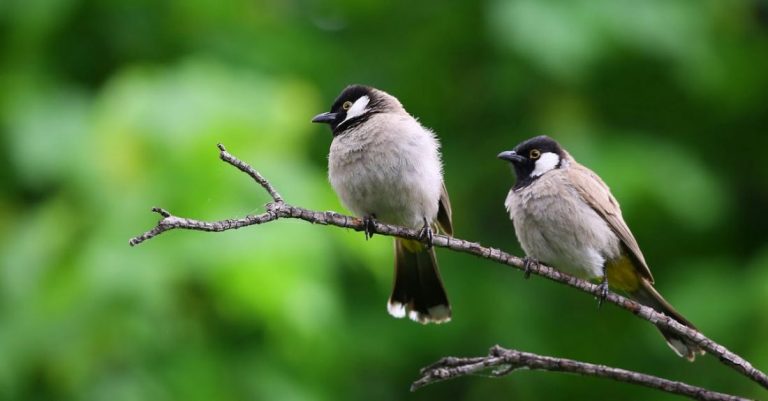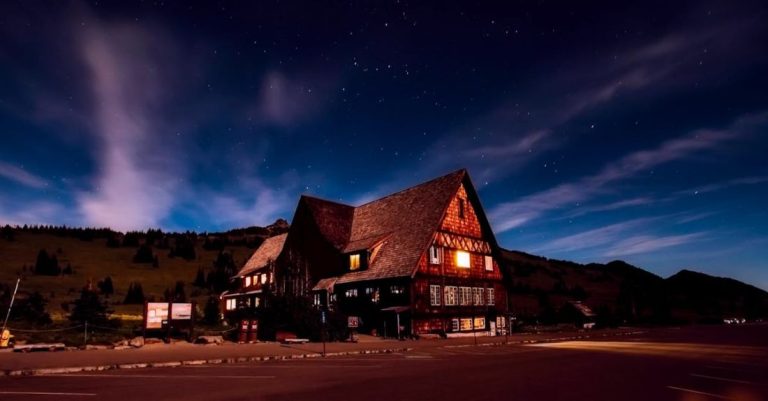
Bird watching is an exhilarating and rewarding pastime that allows enthusiasts to connect with nature and observe the beauty of various bird species in their natural habitats. While bird watching can be enjoyed year-round, there are certain times of the year that stand out as particularly favorable for this activity. Whether you are a seasoned bird watcher or someone looking to delve into this fascinating hobby, understanding the best times of year for bird watching can enhance your experience and increase your chances of spotting a wide array of bird species in action.
**Spring – A Season of Renewal and Migration**
Spring is a prime time for bird watching enthusiasts as it marks the beginning of the breeding season for many bird species. As the days grow longer and warmer, birds become more active in search of mates and suitable nesting sites. This heightened activity makes spring an excellent time to observe courtship displays, nest-building behaviors, and the rearing of young chicks. Additionally, spring is a season of migration, with many bird species traveling long distances to reach their breeding grounds. This migration phenomenon presents a unique opportunity for bird watchers to witness the spectacle of thousands of birds in flight as they journey to their summer destinations.
**Summer – Abundant Bird Activity**
Summer is another fantastic time of year for bird watching, as the warmer weather encourages increased bird activity. During the summer months, birds are busy foraging for food to sustain themselves and their offspring. This heightened activity makes it easier for bird watchers to spot a wide variety of species as they go about their daily routines. Summer is also a great time to observe fledglings as they leave the nest and learn to fend for themselves under the watchful eye of their parents. Additionally, many bird species are more vocal during the summer months, making it easier to locate and identify them based on their distinctive calls and songs.
**Fall – Migration and Seasonal Changes**
Fall is a transitional season that brings about changes in bird behavior as many species prepare for migration or adjust to the changing weather conditions. As temperatures cool and daylight hours shorten, birds begin their journey southward in search of warmer climates and abundant food sources. Fall migration is a spectacular sight to behold, with flocks of birds filling the skies as they travel in search of wintering grounds. Bird watchers can witness a diverse range of species passing through their area, making fall a thrilling time to observe the wonders of migration.
**Winter – Cold Weather Bird Watching**
While winter may not be the most popular season for bird watching due to the cold weather and fewer daylight hours, it still offers unique opportunities for enthusiasts willing to brave the elements. Many bird species remain in their wintering grounds during this time, providing bird watchers with the chance to observe hardy species that are specially adapted to survive in cold climates. Winter bird watching can be a peaceful and serene experience, with fewer crowds and a chance to appreciate the beauty of birds against a backdrop of snow-covered landscapes. Additionally, setting up bird feeders in your backyard can attract a variety of winter birds, allowing you to observe them up close from the comfort of your home.
**In Summary – Best Times for Bird Watching**
Each season offers its own unique opportunities and challenges for bird watching enthusiasts. Whether you prefer the hustle and bustle of spring breeding season, the abundant activity of summer, the spectacle of fall migration, or the tranquility of winter bird watching, there is something special to appreciate in every season. By understanding the best times of year for bird watching and being attuned to the natural rhythms of bird behavior, you can enhance your bird watching experience and create lasting memories of your encounters with these fascinating creatures in the wild.





